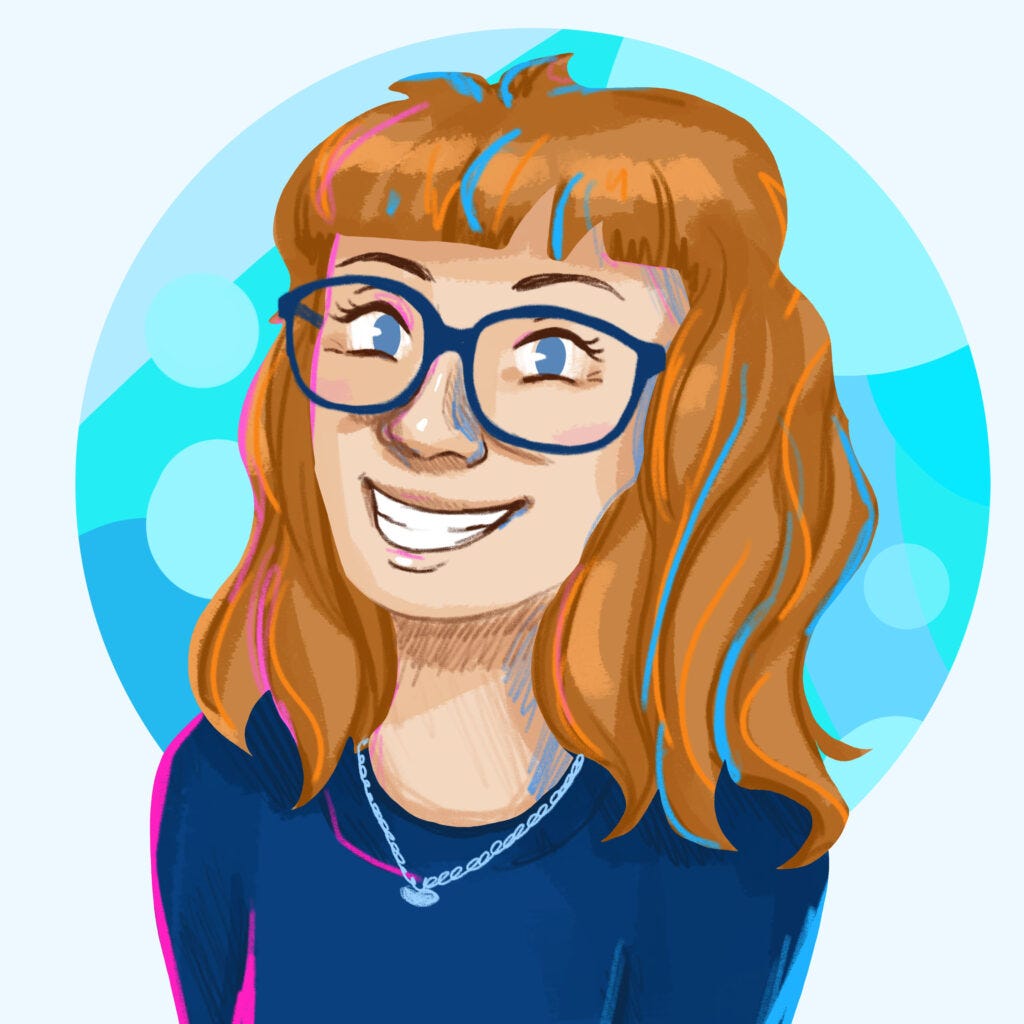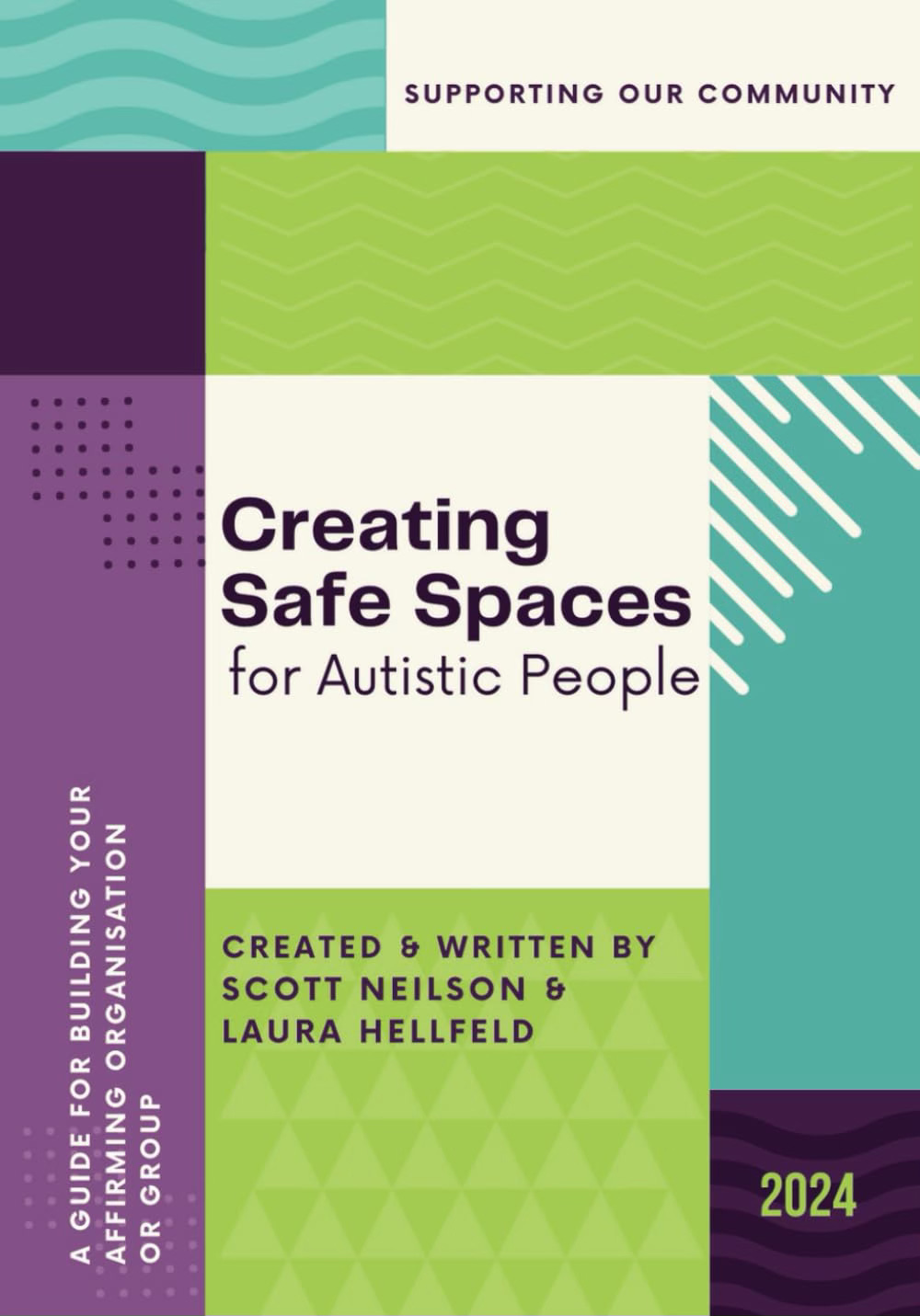Before our Neurokindred webinar, Creating Safe Spaces for Autistic People: Everyday Practices for Individuals and Organisations, attendants were invited to share questions. One thoughtful question we didn’t have time to address during the session was about how a neurodivergent person can start conversations about neurodiversity in a workplace that isn’t yet informed, while also protecting their own wellbeing. I wanted to share some ideas here in this blog for anyone navigating similar situations.
The event was co-hosted by myself, Scott Neilson and Helen Edgar
The Attendant Question:
As a neurodivergent person working in an environment where people are not educated about neurodiversity, what practical strategies can I do to start the conversation and raise awareness in a way that is safe for me? By safe I mean that I am not always the single person raising the issue as sometimes I don’t have the capacity or ability.
Some Practical Ideas to Help
1. Share resources rather than always being the explainer.
Instead of feeling pressure to explain neurodiversity yourself, you could circulate articles, short videos, or toolkits from trusted organisations. That way, the information is coming from an external source, not just from you.
2. Use “general” rather than “personal” framing.
Sometimes it helps to frame things in terms of best practice for everyone. For example, suggesting inclusive communication practices like allowing processing time or offering written follow-up can benefit all staff, not just neurodivergent people.
3. Find allies where you can.
If there’s a colleague, manager, or HR contact who “gets it,” you can share your concerns with them and ask if they’d be willing to help carry the conversation. That way you’re not always the one raising the flag.
Image from Canva, by Vadreams
You may also be interested in my blog ‘Equality of Access Through Equity: A Snapshot of our Safe Spaces Presentations’
4. Pace yourself and pick your moments.
It’s okay to only engage when you feel able. You don’t need to take on every opportunity to educate. Sometimes the safest and most sustainable approach is choosing one or two things you want to focus on.
5. Normalise the conversation through small steps.
For example, suggesting an article for a staff newsletter, recommending a book for the staff library, or asking if neurodiversity could be included in an existing training or wellbeing initiative. These are ways to start embedding awareness without putting yourself in the spotlight.
6. Remember: you’re not responsible for carrying it all.
It’s not your sole job to educate everyone about neurodiversity. Organisations should be creating the conditions for inclusion. Protecting your energy and wellbeing is just as important as raising awareness.
To Learn More About Our Book ‘Safe Spaces’
If you would like to find out more about our book, please follow this link Creating Safe Spaces for Autistic People
What others are saying about Safe Spaces
“I wish I’d had this book years ago when, as a mum to a young autistic person, we were serial ‘once only’ visitors to countless groups purporting to be inclusive and welcoming, groups which turned out to be woefully lacking in understanding about what autistic people need to feel safe. I would have given each group leader a copy of this book before we ever visited.”
“A beautiful, affirming and accessible book by Scott and Laura. A great guide for anyone running or wanting to set up community groups, with various autistic voices included throughout. Accessible content, with large font and clear visuals.
Thank you for being here,

Laura Hellfeld
RN, MSN, PHN, CNL
Connect with me on social media
Instagram and Facebook, LinkedIn and BlueSky
Disclaimer: The information shared in this blog is for informational purposes only and is not intended to replace medical advice, diagnosis, or treatment. Please consult a licensed healthcare provider for personalised support and care tailored to your specific needs.
Last modified: 15 October 2025



